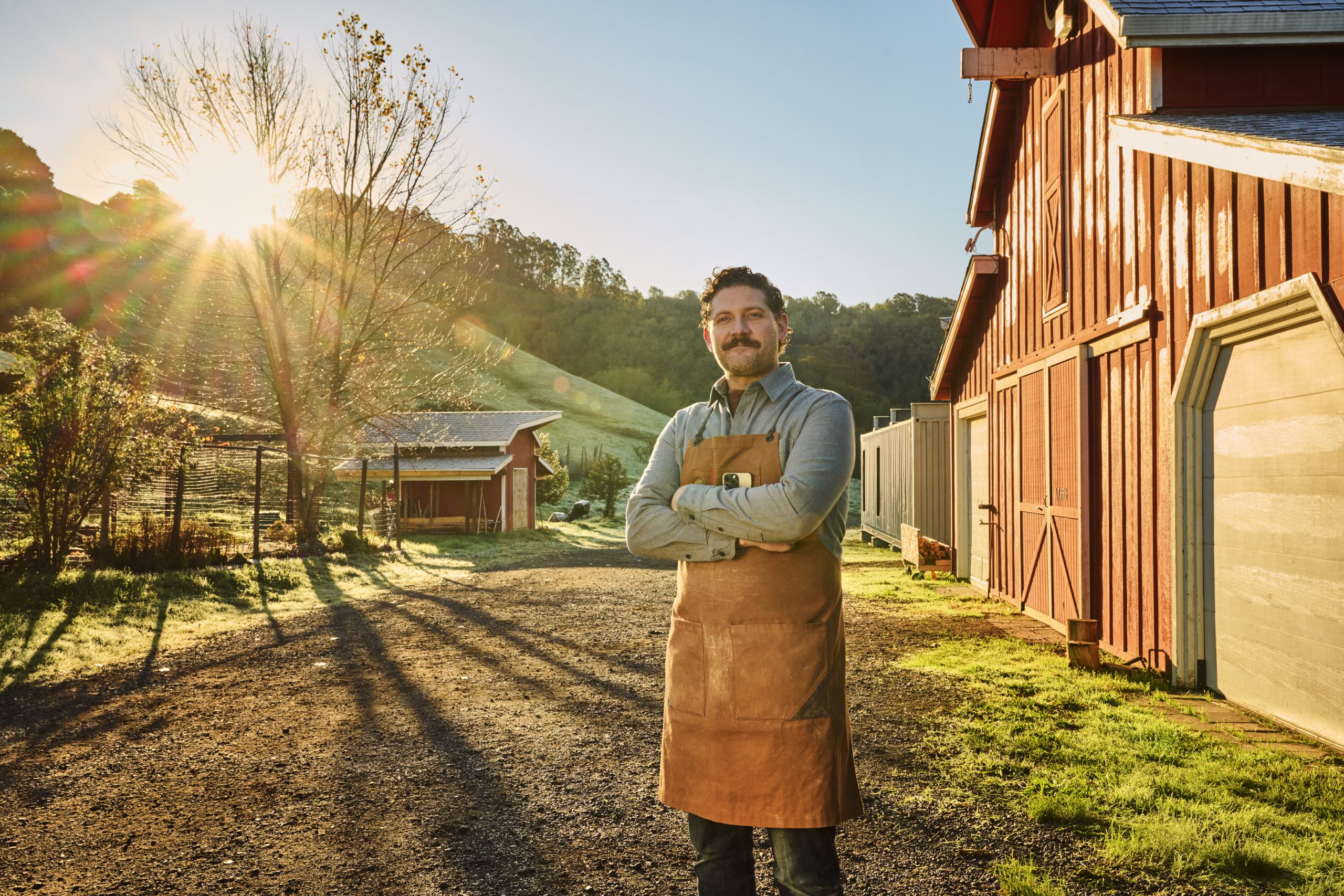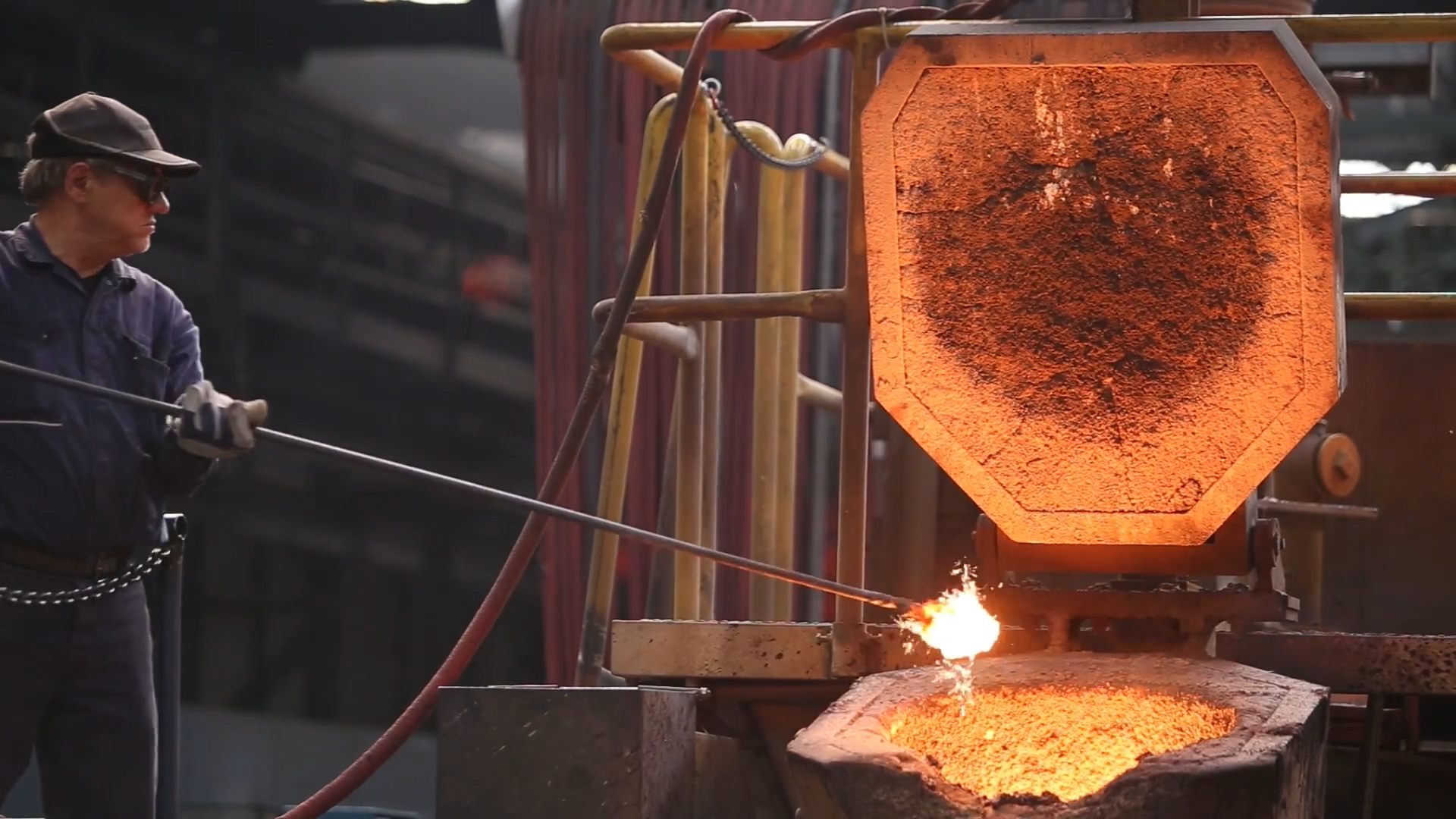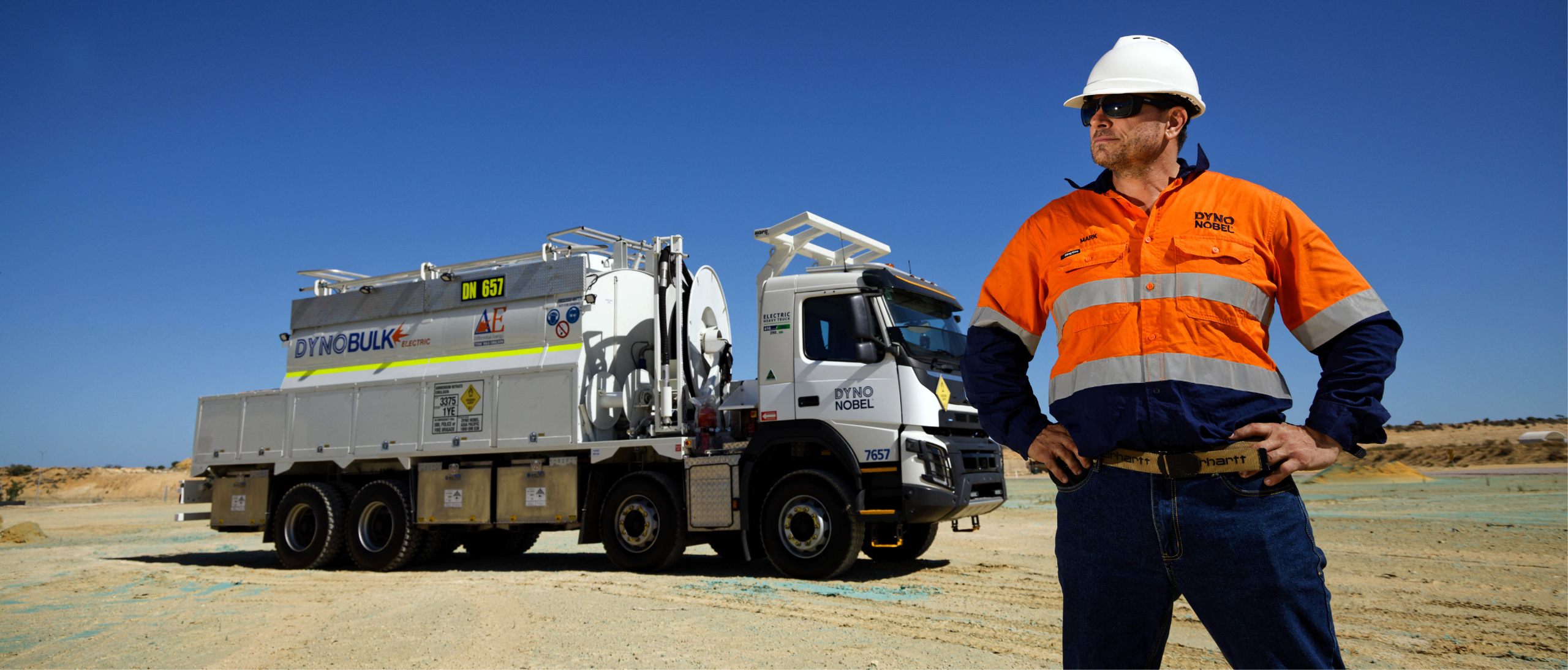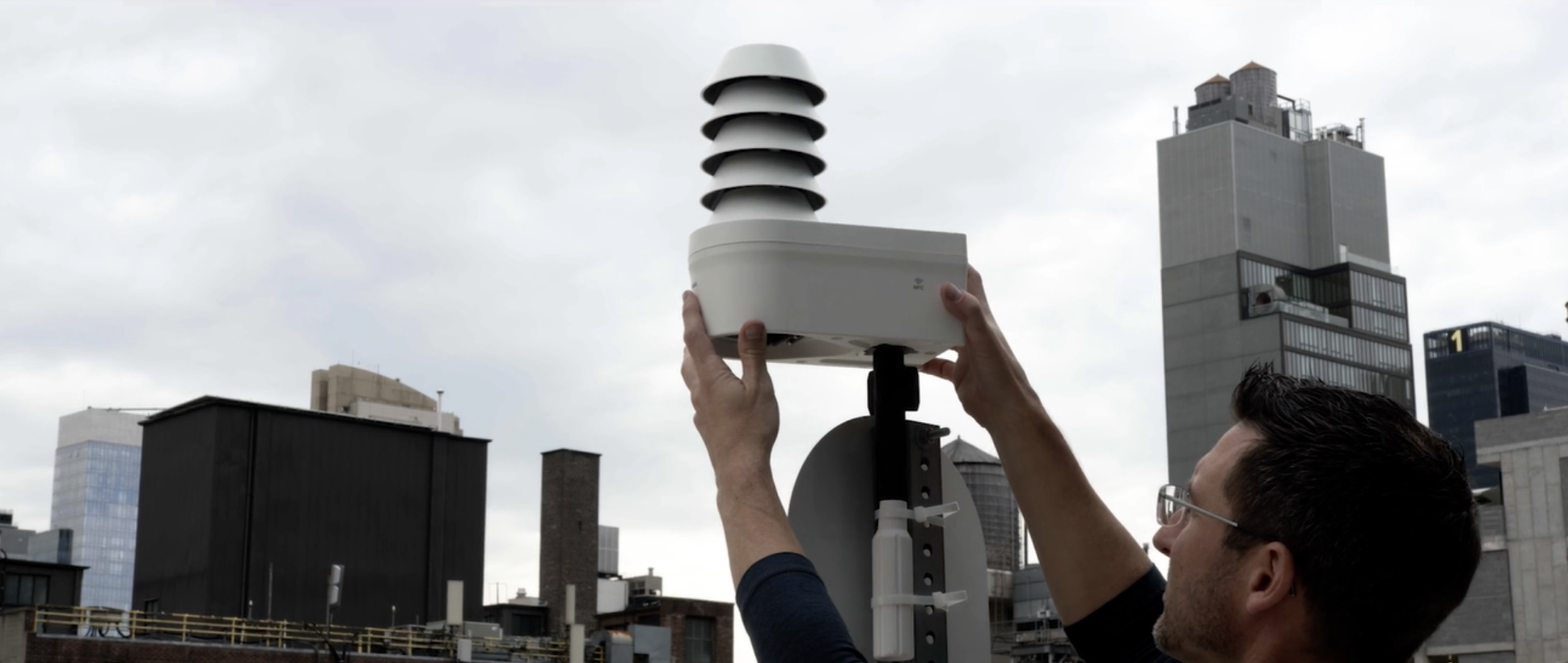Building a Better World: Nordics Leading Sustainable, Efficient Transformation

The building industry, responsible for 40% of global CO2 emissions, is pressured to improve efficiency and sustainability. As urbanization accelerates and regulations tighten, the need for smarter, faster, and greener approaches is larger than ever.
The complexity of the building industry
We spend 90% of our time indoors, making buildings crucial to our well-being. Despite their importance, the construction industry has been slow to evolve. While it has shifted from hand-drawn sketches to Building Information Modeling (BIM), it remains one of the least digitized sectors. Productivity growth has stagnated at 1% over the past two decades, highlighting the need for smarter processes.
“Buildings are complex. The information needed at each stage of construction varies for contractors, architects, and suppliers. Understanding what goes into a building—down to every door frame, window, or roofing material—is essential. Imagine if you ordered one window but received another. How would that impact costs, or CO2 emissions?” explains Linda Kjällen, Sustainability Manager at CBRE.
With 85% of construction projects globally facing cost overruns and delays averaging 20% longer than planned, it’s clear that this complexity demands improved solutions.
Regulations putting further pressure towards digitalization
The construction industry’s impact on climate change is undeniable. New regulations, like those under the Paris Agreement, push the sector to integrate sustainability into decision-making. Tools like Environmental Product Declarations (EPDs) and Life Cycle Assessments (LCAs) are becoming essential for tracking and reducing the environmental footprint of materials and processes.
EPDs are evolving from product-specific to project-specific, offering granular insights into the environmental impact of materials.
“The necessity to report will only increase. To qualify for a public tender, you must prove that your product meets or exceeds regulatory thresholds,” says Sebastiaan Stiller, CEO of EPD International.
An improved way of working is emerging in the Nordics
The Nordic region offers a glimpse into the future, where 2022 climate legislations have spurred innovation. Sweden, the home of BIMobject Group, a company that, through its platforms, bim.com, bimobject.com, and prodikt.com, has become a frontrunner in enabling the transition to happen.
“We are driven by a purpose: helping architects, engineers, and property owners collaborate and work more effectively by providing solutions for smarter product selections and using structured information, which can significantly reduce costly late-stage changes. Bim.com is our main platform to meet the challenges that the industry is facing,” says Martin Lindh, CEO of BIMobject Group.
Building sustainable can both be achievable and profitable
Castellum is one of the Nordic region’s most sustainable property companies and a frequent sector leader of the GRESB sustainability index. By achieving a reduction of 40% in emissions in their new developments while reducing costs, Castellum is demonstrating that sustainability is both achievable and profitable.
“Sustainability is key for our long-term success. When we talk to tenants, they want green buildings. When we talk to employees, they want to work for a company that drives the sustainability agenda,” says Filip Elland, Castellum’s Chief Sustainability Officer.
Transition needs to be global
While the Nordics presents a strong example of progress, much remains to be done for the industry. It’s not the effort of a single player that counts but the transformation of the entire industry.
Find out more about Economy 4.0 Campaign














